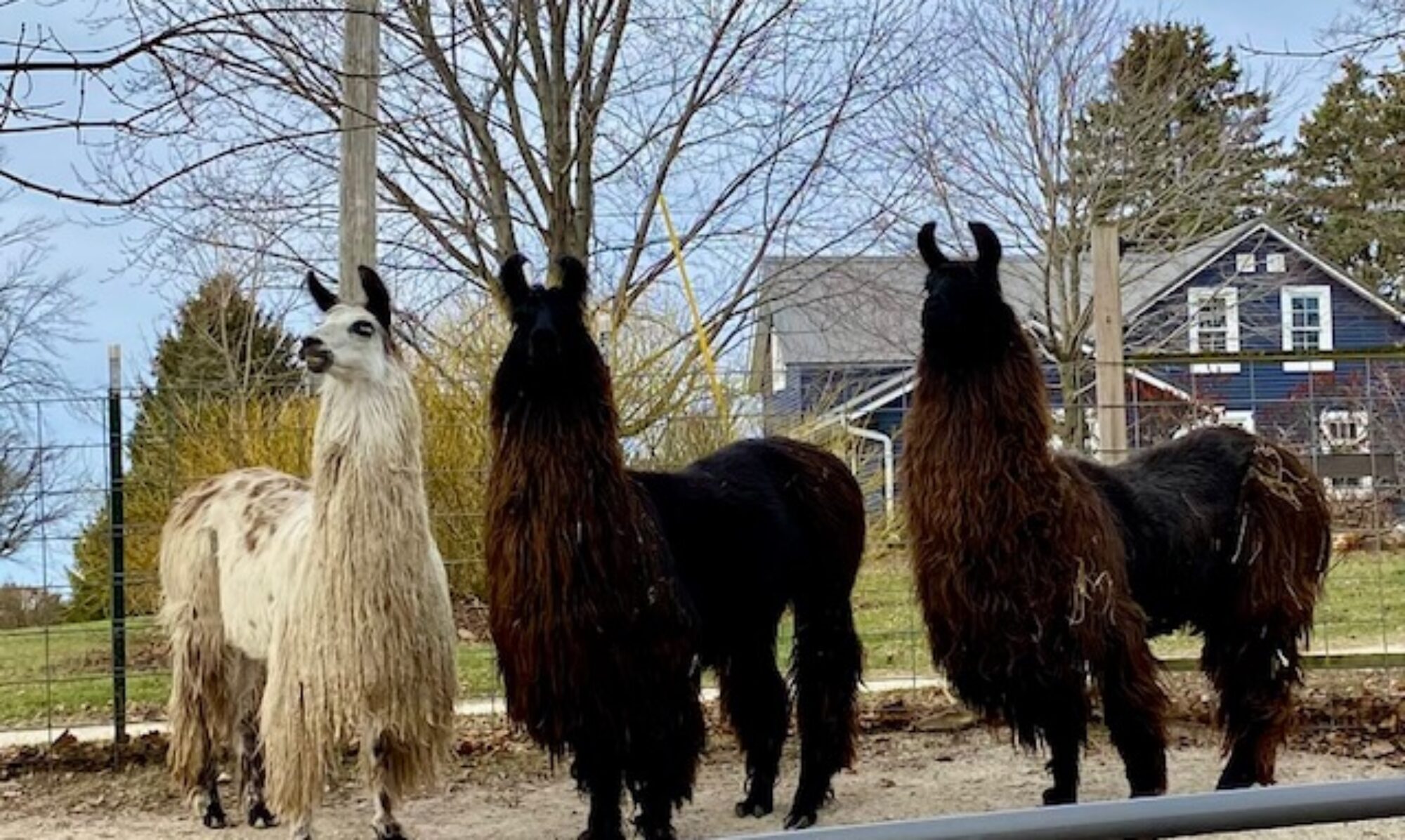There are so many chicken breeds in the world, it’s incredible! And overwhelming! And exciting! I look forward to chicken hatchery catalogs each year to see what else I can add to my flock. They come around the end of each year, and I cozy up in cold Wisconsin and page through the variety. I love to try new breeds on my farm and see what kinds of eggs we get. When we first started out though, I made sure to do my research and pick some easy breeds to keep for beginners. They ended up being still some of my favorites! I am planning on adding more of my very original breed – Buff Orpingtons – to my next flock order 🙂 They are so chill they are actually fun to play with!
So, what do I keep in mind when choosing a breed?
Well, I keep our customers in mind and happy with my choices too, so laying large brown eggs is one of my considerations. I also make sure that the “normal” egg production from each breed is high enough to allow us enough extra to sell to our customers.
While our chickens our egg producers, they are also our pets. Our daughter Aubrey especially loves to spoil them and love on them. So picking breeds that are friendly, docile, and easy to work with is important. Also, since we are in Wisconsin I need cold hardy breeds, that are also laid back about being cooped inside for a few months while it’s snowing.
It’s important to keep the needs of the birds in mind when deciding on a breed. Since we have hot and humid summers, and sometimes bitter cold winters, I need birds that can handle both. The hardier the bird the better! I’ve found that chickens with really large combs and wattles (the red skin things on their heads and necks) tend to get frostbite easier than other breeds. Frostbite turns the combs black, and parts of them can actually break off. Our large Lavender Orpington Rooster Bob had this happen to him one winter. Poor Dude. It did grow back, but looked awful for awhile. Unfortunately frostbite can be hard to prevent, as heating the coops is more of a fire danger than it’s worth. Picking the right breeds for the climate becomes the best way to prevent things like frostbite from happening. So I’ve been focusing more on breeds of chickens with smaller combs to avoid frostbite.
Our very first breeds of chickens were Buff Orpingtons (large golden colored birds that lay large brown eggs), and Silkies. Silkies are goofy looking fuzzballs that don’t even look like a chicken. They are usually mild mannered, and good for kids. They are a smaller bird, and have feathered legs and feet. And….they have blue skin! They are certainly a crazy looking chicekn! Both breeds do well in our area and climate, and handle being in a coop well. They also lay regularly.
After having these breeds I wanted to change it up and add all kinds of colors to run around my farm. Now, many years later, we have more varieties of Orpingtons, Wyndottes, Americaunas, Black Marans, Silkies, Silver Laced Sebrights, Penciled Rocks, Welsummers, and Porcelein d’uccles, to name a few. I like having a large mixture of breeds for the color variety of both the feathers, and the eggs. The large selection of bird breeds is how I end up with pretty rainbow colored eggs. I also enjoy bantam (small) sized chickens. Some of mine are the size of mourning doves and I love the variety of colors they come in!
If you plan on getting a rooster, or maybe accidentally end up with one from a hatchery, the right breed is also very important. In full sized birds (as opposed to bantams- or smaller versions of each breed) the roosters are generally larger than the hen. So being able to handle them if needed, and a good disposition is a must. Personality of each bird plays a part, but this is when generalization of each breed demeanor comes in handy. If they are usually calm and docile birds, it’s likely you’ll get that in your rooster as well. We’ve found that Orpington roosters have been some of the most relaxed guys on our farm. You know those Youtube videos with roosters chasing people all over the place? That isn’t something I want to duplicate here!
Another thing to keep in mind when choosing a chicken breed is if you plan on ever hatching out your own chicks. You can always incubate the eggs, but I’ve had the best luck having the chickens hatch out their own. The absolute best bird to let go “broody” – want to set on the eggs and hatch them out- are silkies. Our silkies have been broody about 50% of the time during spring and summer. There is always a silkie sitting on a pile of eggs somewhere. If we are wanting to hatch specific eggs out we put them under a broody silkie. They do the rest!! Of course, if you don’t want broody hens and you just want eggs that is another thing to keep in mind when choosing chicken breeds. There are breeds that rarely go broody. You need to do your research, and hatcheries are good sources of information for how a breed will turn out as adults.
Finally, the most fun in picking out breeds of chickens is just deciding what your preference is for looks. If you enjoy a wide variety of chicken colors meandering around your yard like I do, then get a few varieties and change it up each year when you order chicks! I’ve always enjoyed trying new breeds of chickens. Sometimes I stumble onto a breed I absolutely love and want to add more of. That’s the joy of keeping chickens!


